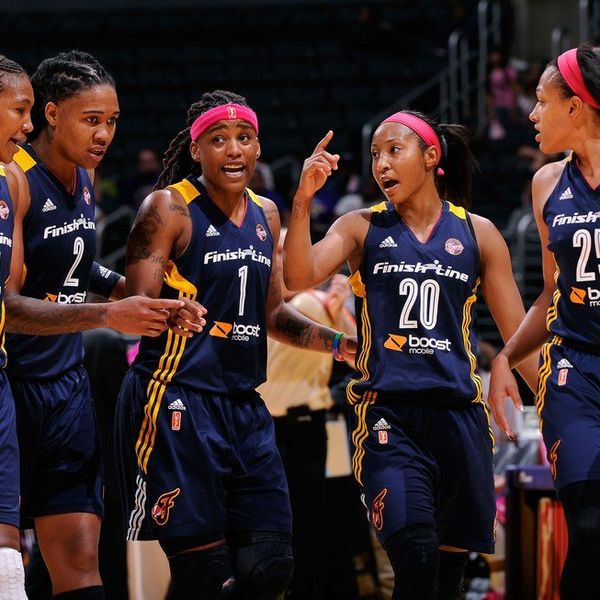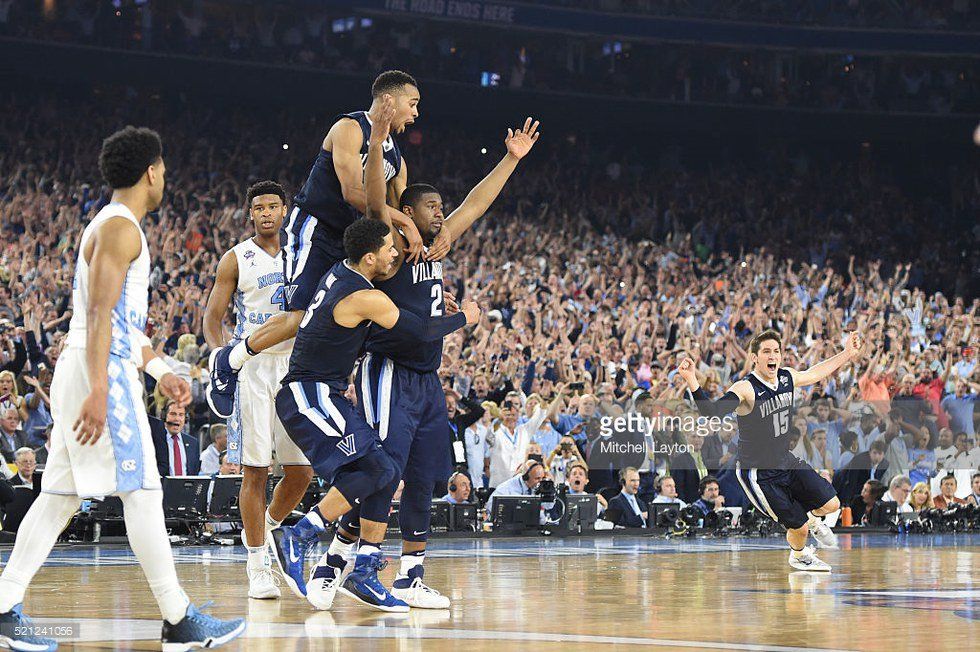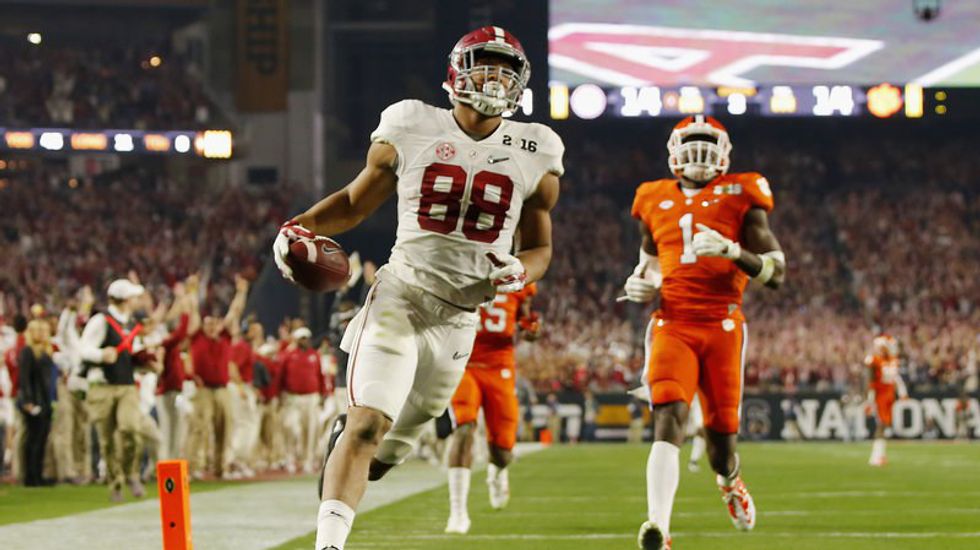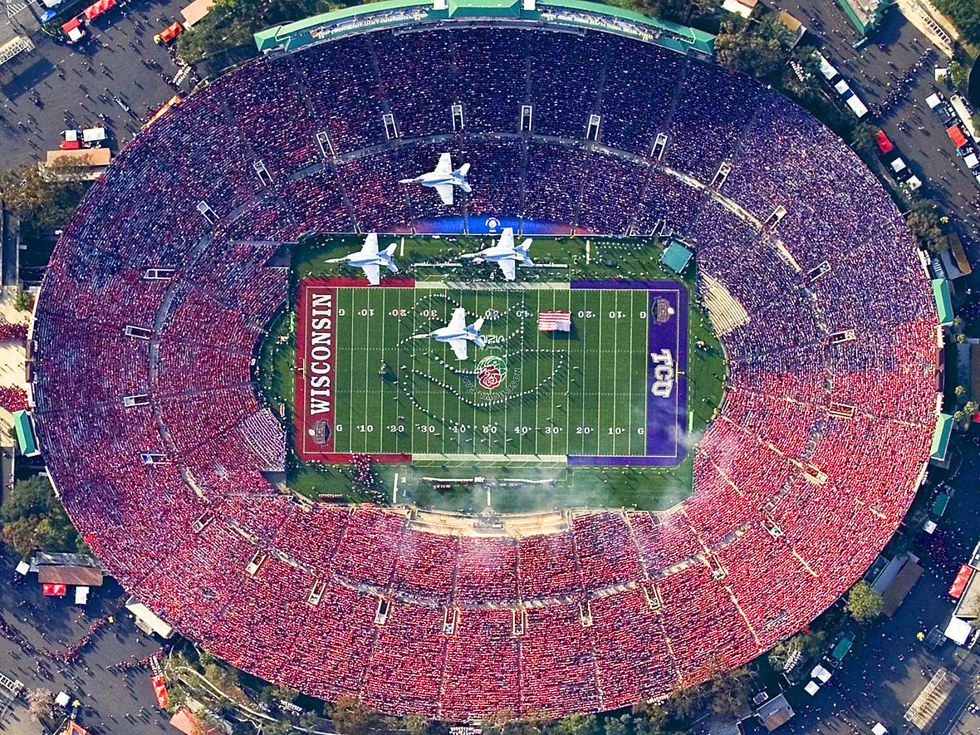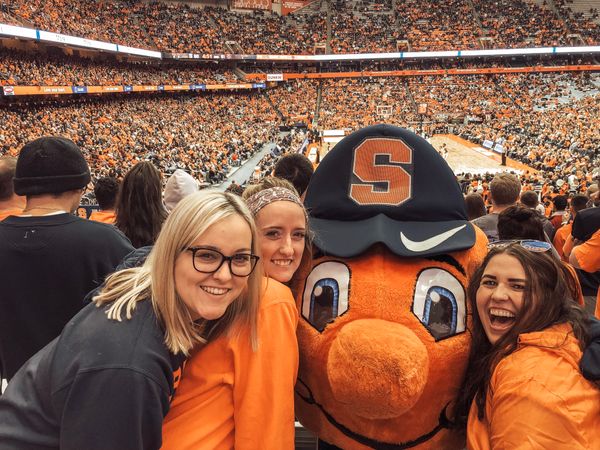The NCAA has long been hesitant to pay student athletes who generate billions of dollars in revenue annually any type of salary, claiming that it would be detrimental to the fundamentals on which the NCAA was founded. Even more perplexing is that they claim that student athletes are amateurs and according to their website, “Maintaining amateurism is crucial to preserving an academic environment in which acquiring a quality education is the first priority. In the collegiate model of sports, the young men and women competing on the field or court are students first, athletes second.” The introduction of the absurd profit margins and marketing potential, partially a product of refusing to pay the thousands of athletes (employees) who generate all of this money, makes the refusal to even pay student athletes who dedicate up to forty hours a week or more outside of their classwork to their craft is absolutely ludicrous.
Many are familiar with what is one of the largest cable-television deals in history, and if you are not, allow me to explain. CBS signed a deal with the NCAA for the rights to broadcast the NCAA spring basketball tournament better known as March Madness for nearly 11 billion dollars over a span of 14 years, equating roughly to about 800 million dollars annually. This is for the basketball tournament alone, not including all of the college football bowl games and playoffs. Clearly the NCAA makes their fair share, but the burden should not fall solely on them to make the effort to pay their athletes. It was reported in 2012 that the average FBS team generated $25 million in revenue.
With new media deals and the ever-increasing market for college sports, schools like Texas A&M were able to generate an absurd $192 million in revenue, still retaining $82 million after expenses. These are not amateur numbers by any means. These are substantial revenues that are making many different entities, such as the NCAA and the universities. Under the guise of care for the preservation of the “student first, athlete second” notion, but more likely to save money, the NCAA has remained steadfast against compensating their players for their effort and time. In truth, the only thing that would change would be the students being compensated for the immense amount of time they dedicate to their respective sport. They would be getting paid essentially for the part-time job that they already have. Also, many of these students come from unfortunate circumstances, and scholarship athletes especially may have difficulty paying for rent, utilities and other college-related expenses, but they cannot get a part time job to help them pay for these expenses because they already dedicate so much time to sports.
A lawsuit, often referred to as the Ed O’Bannon lawsuit, in which the NCAA and the video game company, EA, were sued for using player likeness in the NCAA video games without compensating players. This led to the discontinuation of the NCAA sports series, and a settlement between the plaintiffs and defendants for the use of the player likeness of former college athletes. While the NCAA may see this as a black eye, what they should in fact do is take their lumps and learn from it. What they learned is they will need to pay their players if they want to use their likeness (yet, somehow they can still get away with selling the “Number 9” Alabama jersey when we all know it represents Amari Cooper) but they also learned a valuable lesson about the marketing potential of creating the video games. It was reported that compensation was given to the teams that participated in the game based on four tiers, a method in which the top quarter of teams in the AP poll would get the largest amount, the next quarter the second largest, and so on. The first tier averaged $78,000 per team, second averaged $47,000, third averaged $31,000, and fourth averaged $7,500. Wisconsin was given nearly $143,000 and Louisville was compensated $86,000.
On top of that compensation, the different collegiate teams get advertising every time someone plays a game with them, and every time a bowl game is played the advertisers are also gaining notoriety with gamers. And this free marketing will happen every time a user plays a game, every time they make a good play and the “Snicker’s Highlight Camera” or “Sprite Slam Dunk Cam” shows the replay, for as long as that gamer plays that game or the next one comes out and the cycle repeats. The potential to increase the market by reaching new consumers through these video games is enormous, and players may feel more inclined to buy a jersey or watch a game of a team or player they now like because of a video game. Just in July of 2013 before the series was discontinued, NCAA Football 14 generated $99.4 million in revenue.
So with all of this money, and students who could truly use the compensation for their time and dedication, how exactly do they get paid? This is the billion-dollar question, and I believe that there is a three-pronged approach that could serve as a jumping off point for finding a real and permanent solution. The NCAA does not want to pay the players and cut into their profit, nor do the colleges, or the video game companies. However, if all of these revenues are combined then they could afford to pay players a minimal salary for their seasons while having minimal impact on profit. Football has the largest roster of any sport, containing an estimated 10,880 players in Division One college football on scholarship. To pay all of these scholarship players a salary of let’s say, $3000, the three aforementioned entities would need to combine to dedicate about $32 million to player salaries.
With the money gained just from NCAA Football games annually, college teams would nearly have $5 million to begin with and would gain all of the free marketing that comes along with the game being played over and over again. This reduces the total to nearly $27 million. Now consider that teams averaged nearly $25 million in revenue in 2012, and likely more in the past season. Companies that have a lot of automated machine work and little manual labor are estimated to dedicated 10% of their revenue to payroll, while companies where employees are essential like restaurants dedicate an estimated 30% to payroll. Even though student athletes are the lifeblood of the NCAA and college athletic revenue, let’s just say that the school pays 10% of their revenue earned taking away another $2.5 million. This leaves the NCAA to foot the bill of $24 million to pay all of the players, which when you consider they are making an estimated $900 million or so annually from their broadcasting contract alone makes the amount seem like a small percentage of the whole pie (around 2.4%). Some may say, “Well wait a second, there are other sports besides football.”. Well, yes, that is true, but note that football, which by far has the largest roster of all sports compared to a sport like basketball (which carries 15 on a roster), only accounts for 2.4% of the revenue generated from the broadcasting contract alone. Assuming we hold the NCAA to the same standards as the universities in regards to paying athletes, that leaves 7.6% of that 900 million left over to dole out among the other sports.
Granted it is not as simple as I make it to seem. There are various legalities and codes that need to be followed or amended before something like this would happen. Surely the three entities would need to put aside greed for a moment to see a clearer picture of what paying the players could bring them. Public opinion on the league would likely improve, marketing opportunities would increase through video game licensing and jersey sales (wouldn’t you pay more for the jersey that said “Cooper” on the back along with the number 9?) that could cause their market and profits to increase. I’m not gifted in finance or mathematics so easily I could be wrong. I can’t say that I know everything there is to know about it but there are a few things I know for sure. When commodities like March Madness bring an estimated $300 million in revenue to the host city of Houston, and television Ad revenue from the 2015 March Madness tournament generated $1.1 billion by way of 80 million people looking on as college athletes dazzled and amazed in one game after another, there has to be some way to work this out. Too much money is being made. Pockets are overflowing. It’s time to pay the players.


